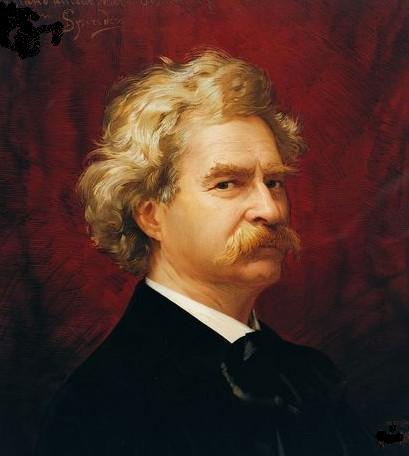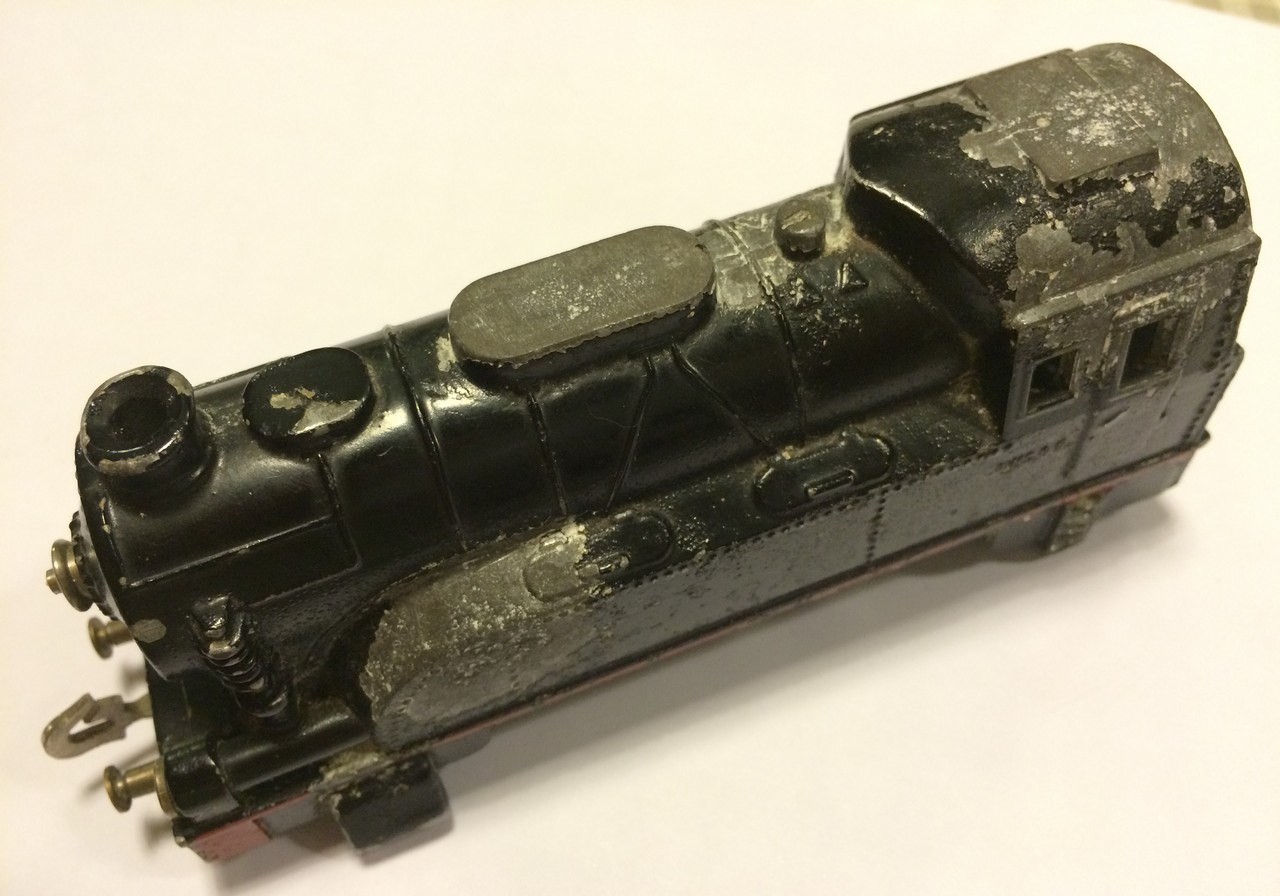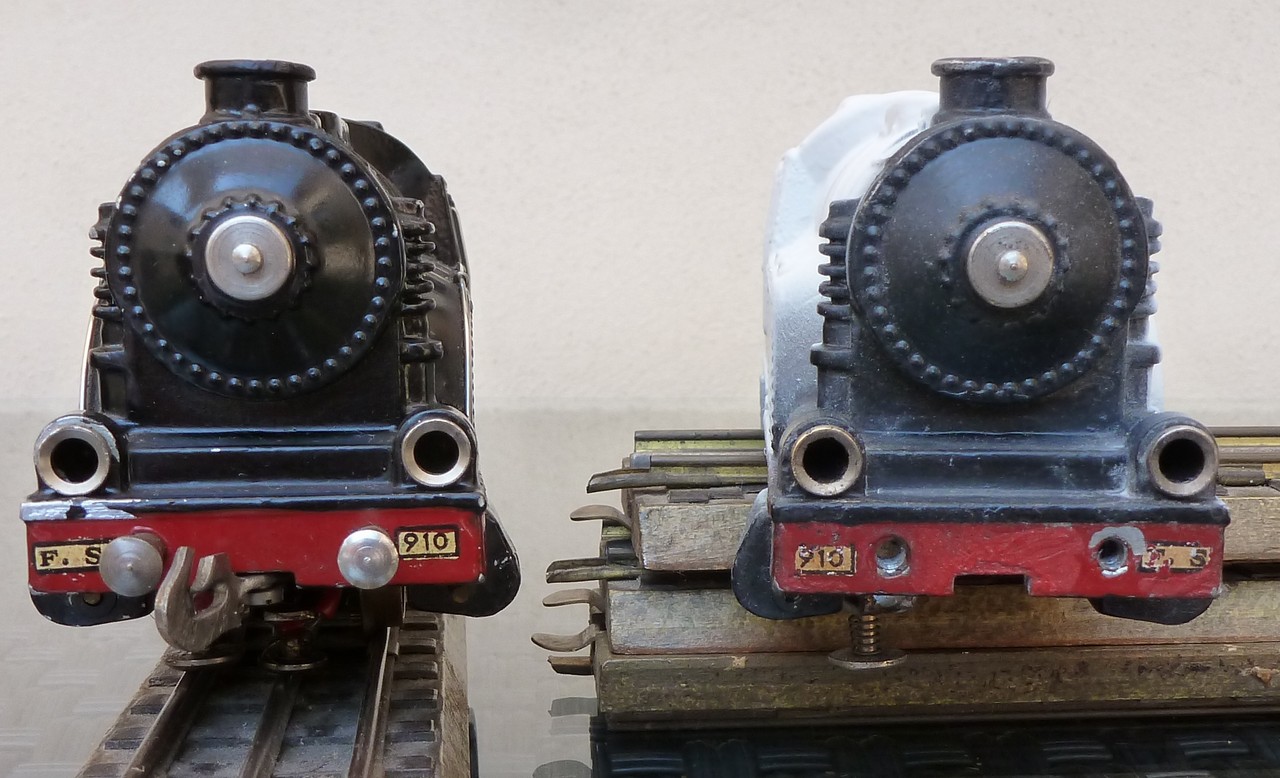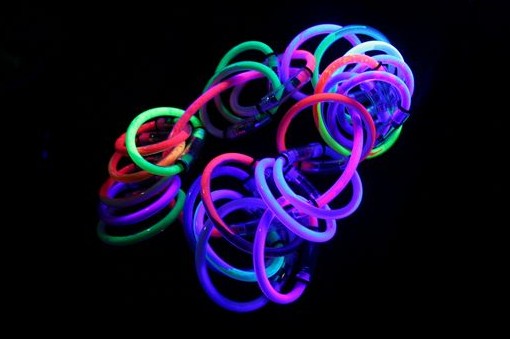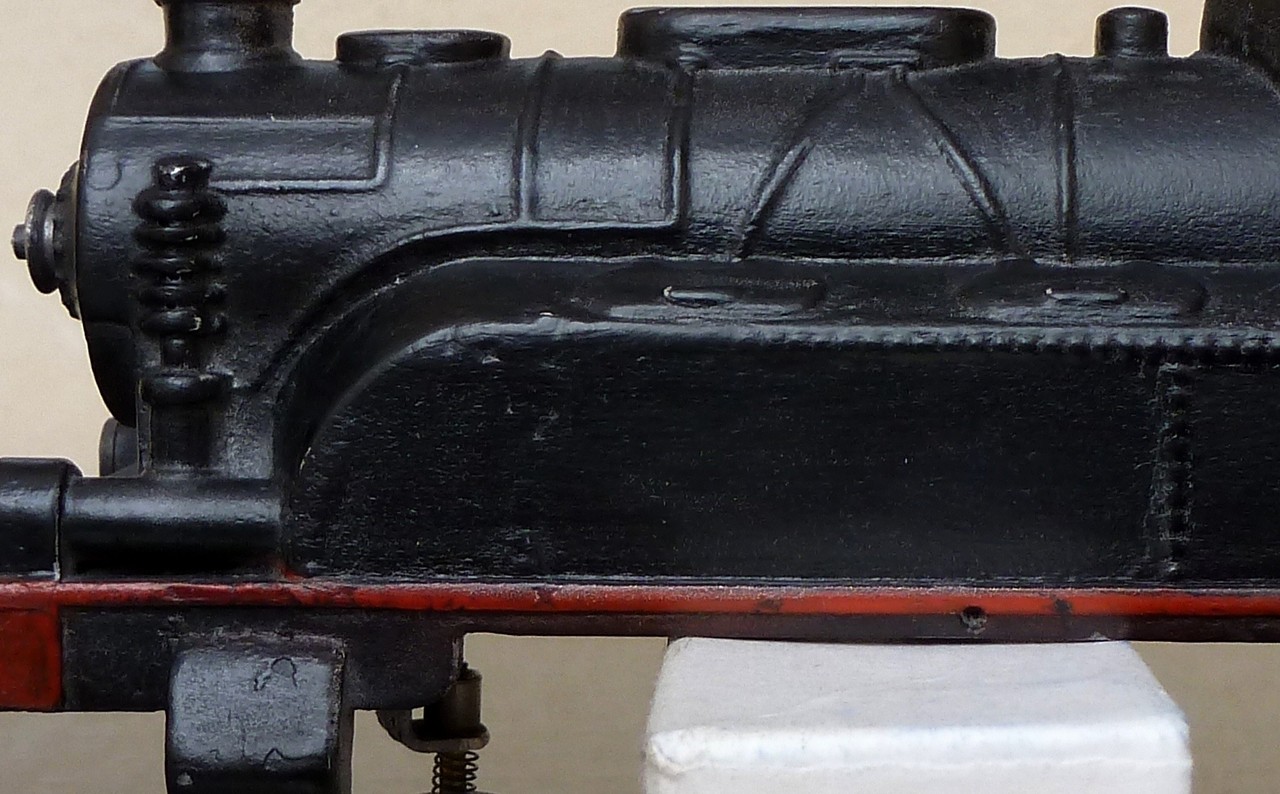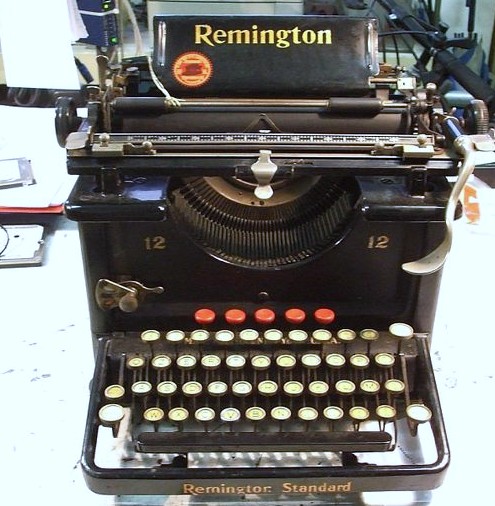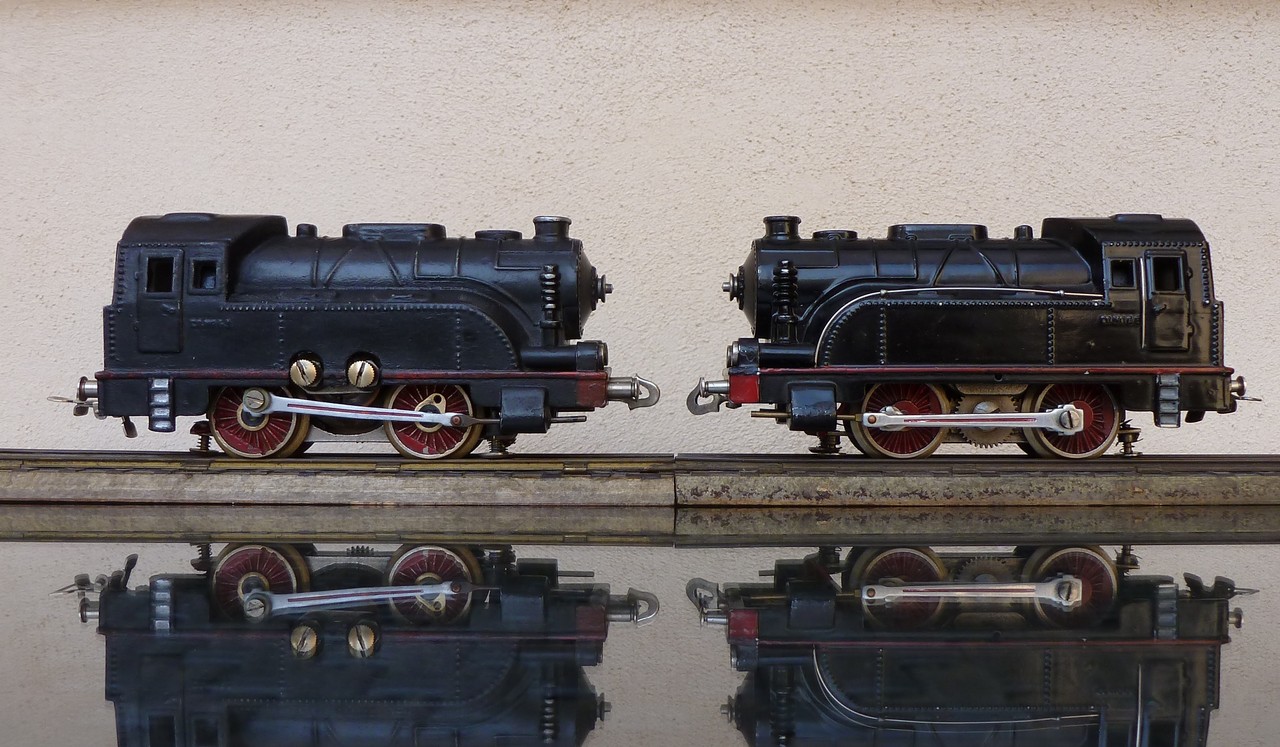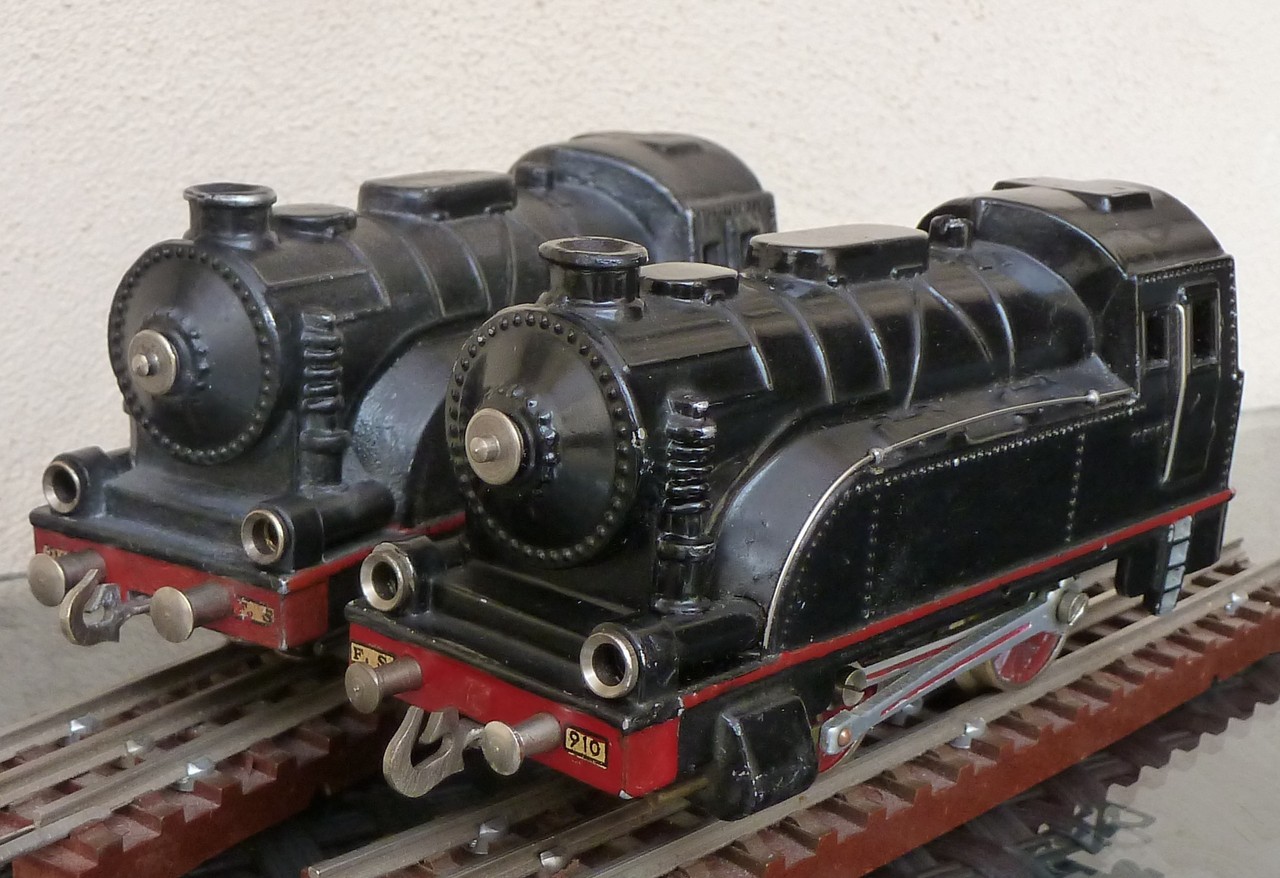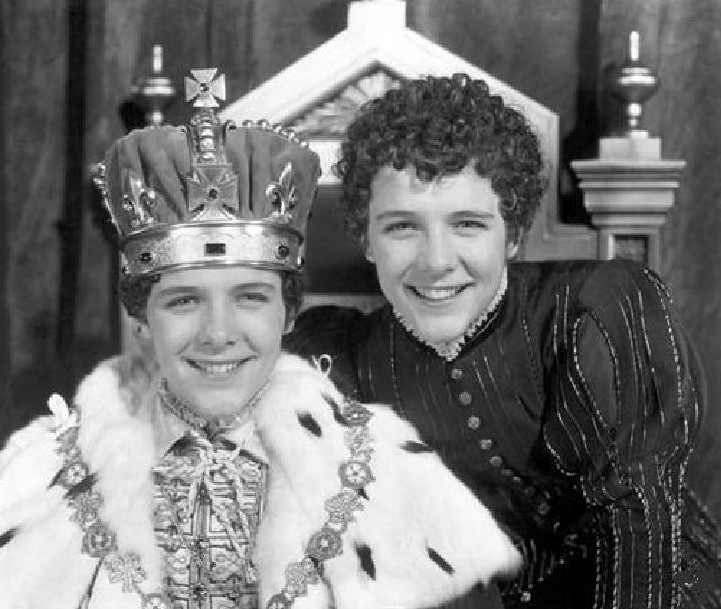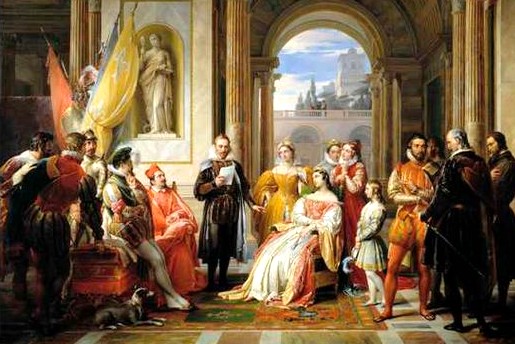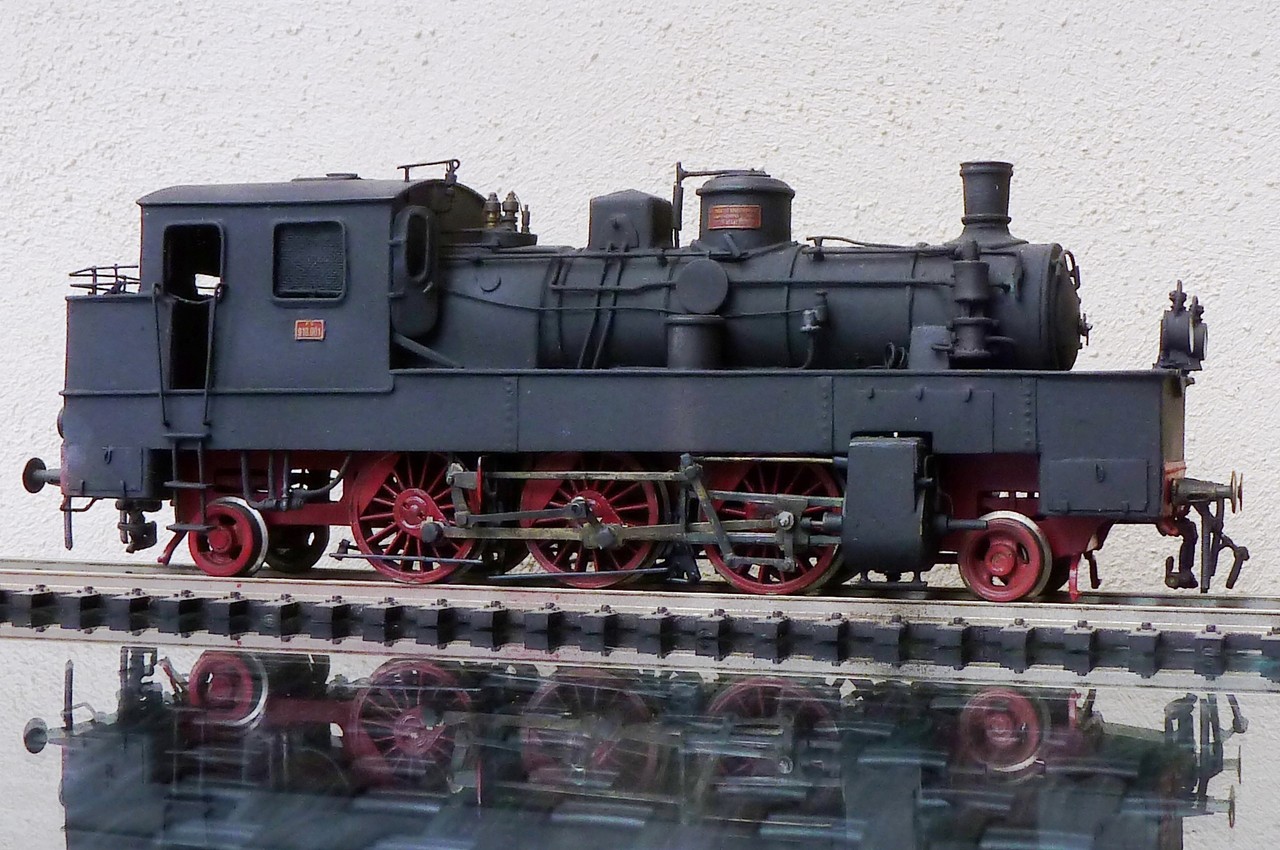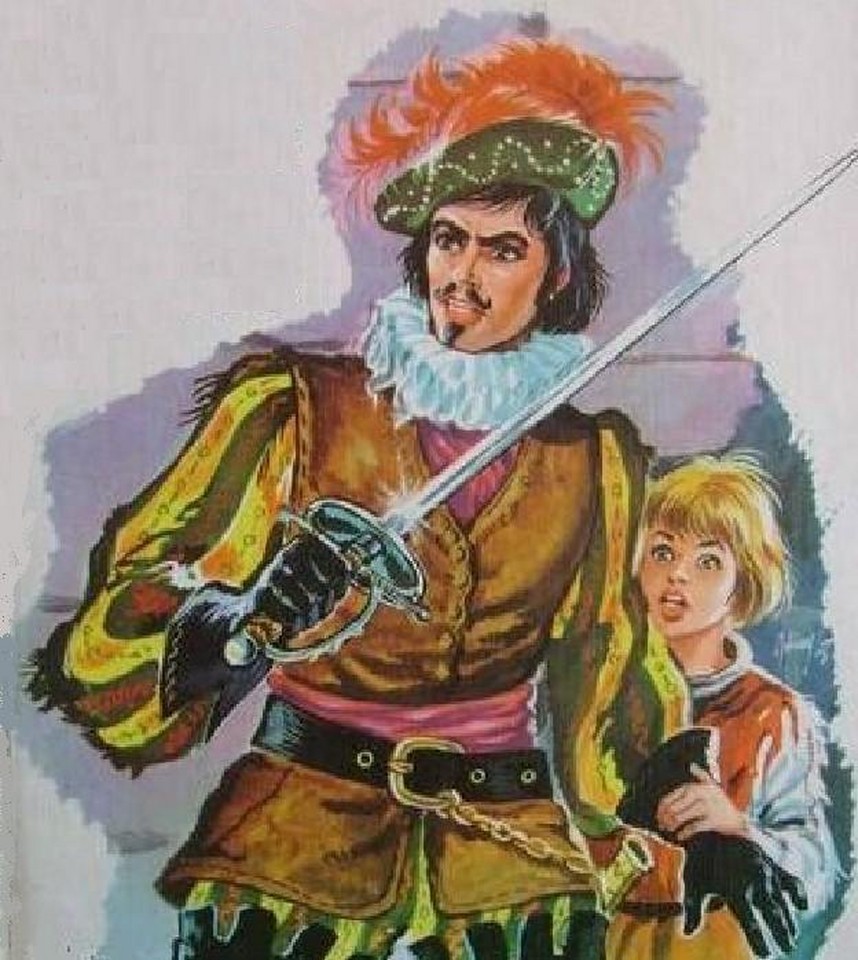Mark Twain – The Prince and the Pauper: two 910 Conti and history of a restoration
(Written by P.G.)
The story of the two 910 Counti which I am about to tell you has many similarities with the famous work “The Prince and the Pauper” by Mark Twain.
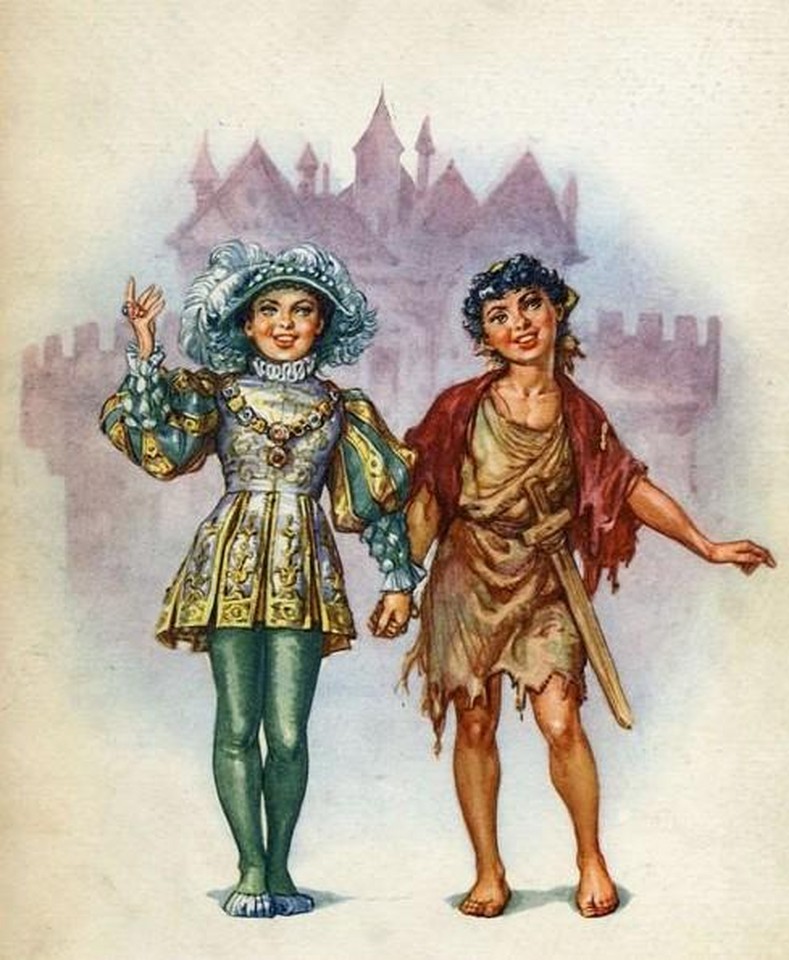
As Edouard and Tom, the protagonists of the story, they are almost the same age too, they are very similar and have had various vicissitudes of life to find themselves together, before in the hands of my friend Mario, the owner of this site,
then in my collection …
We must begin by saying that these two 910 are so far the only two known examples reviewed by Mario, which of course does not exclude the possible existence of other items.
If some other Conti’s lover should be in possession of a 910 it would be interesting to know, to examine it or at least have a photograph.
First, I introduce the Prince.

Prince, this beautiful 910 Conti, strutting in his princely black cloak, is none other than the loco which has been reproduced in the pictures on the book by Carlo Costamagna.

It came unscathed to our days, was always carefully preserved, it is in perfect running order.
Marked “FS” and “910” on the sleepers’ end, is equipped with wheels bronze ray not pierced … ..

… It has the handrails on the edge of the crates of water and at the access to the cabin …
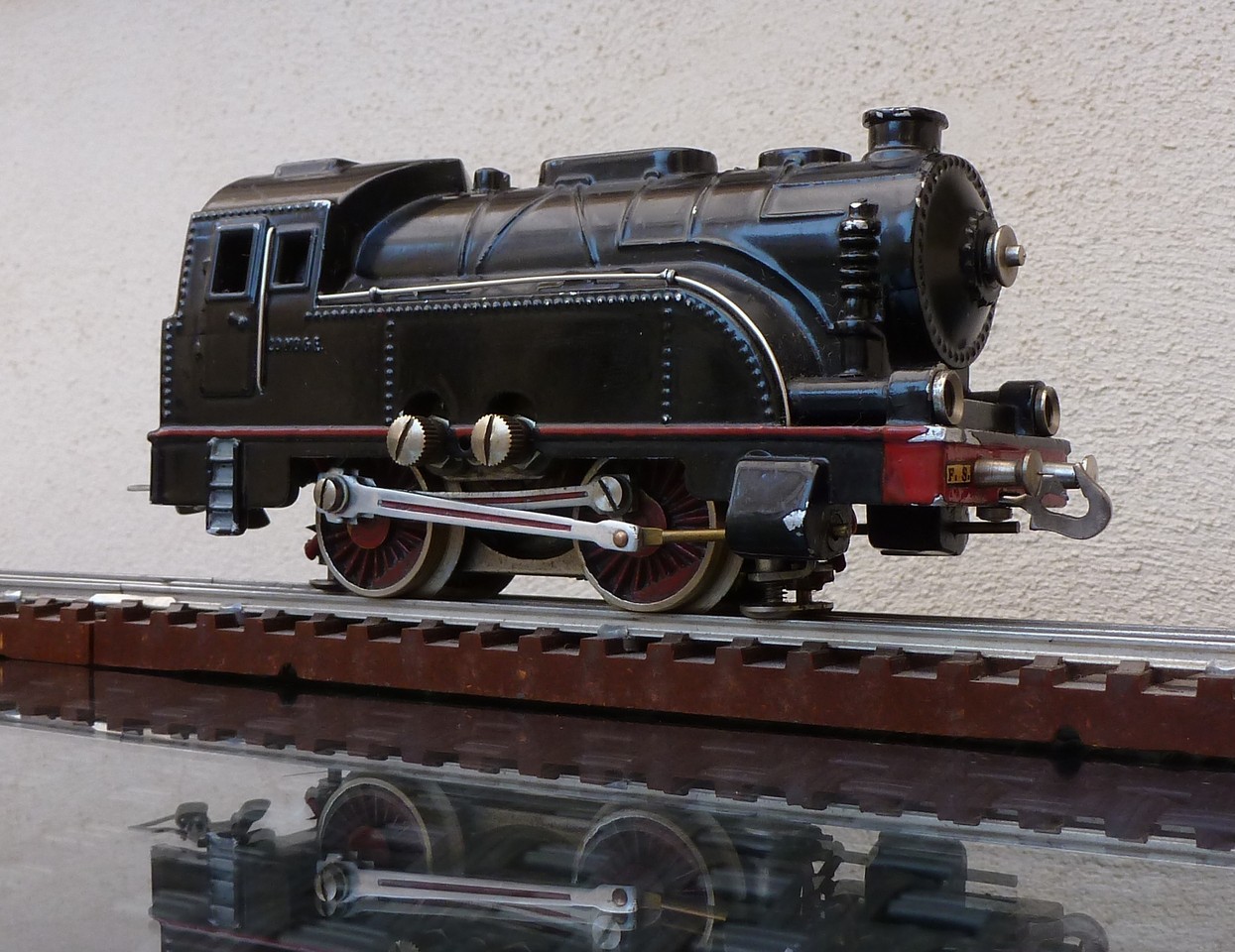
…. It has a nice
glossy-black livery ….
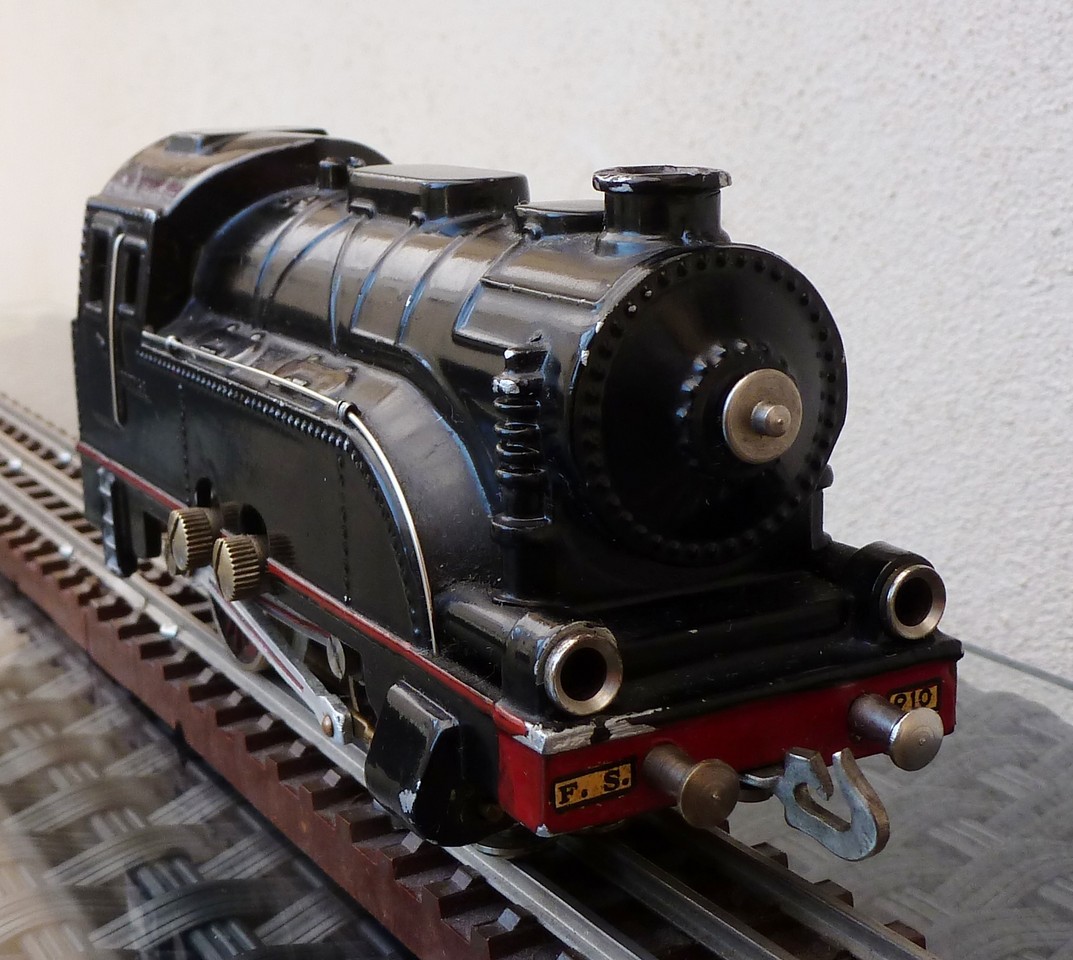
Its linkage, derived from the 290, is equipped with driving rods and coupling connecting rods .

It is equipped with the reverse system Counti of the era, operating three isolated rails
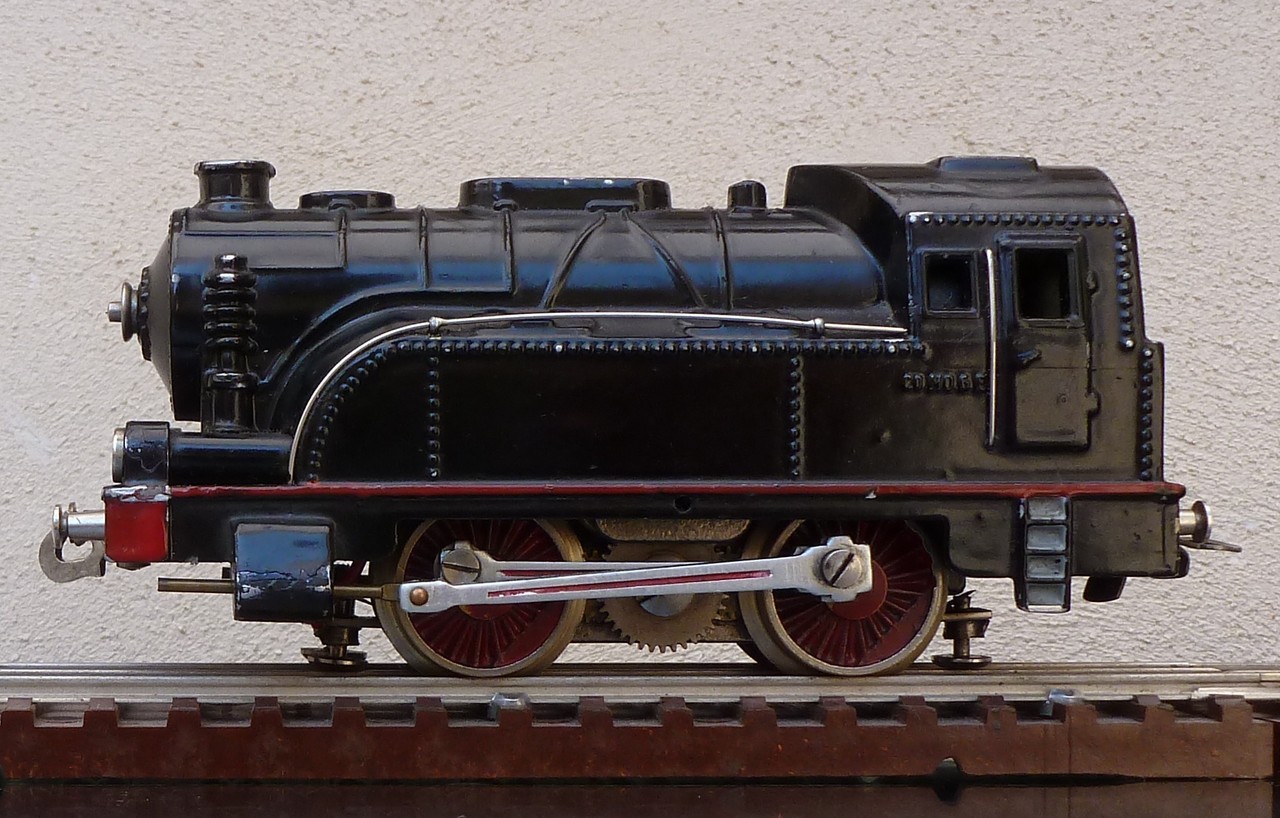
The right wheels are grounded with the chassis, those on the left, the respective contacts poppet and those for the middle rail are isolated.
The case is provided with two weights in lead which give a good grip on the guide rail and a discrete traction force.
The Pauper
instead is a much appreciated gift of Mario, his “Ugly Duckling”,
which he retrieved and acquired some time ago in a bad condition ….
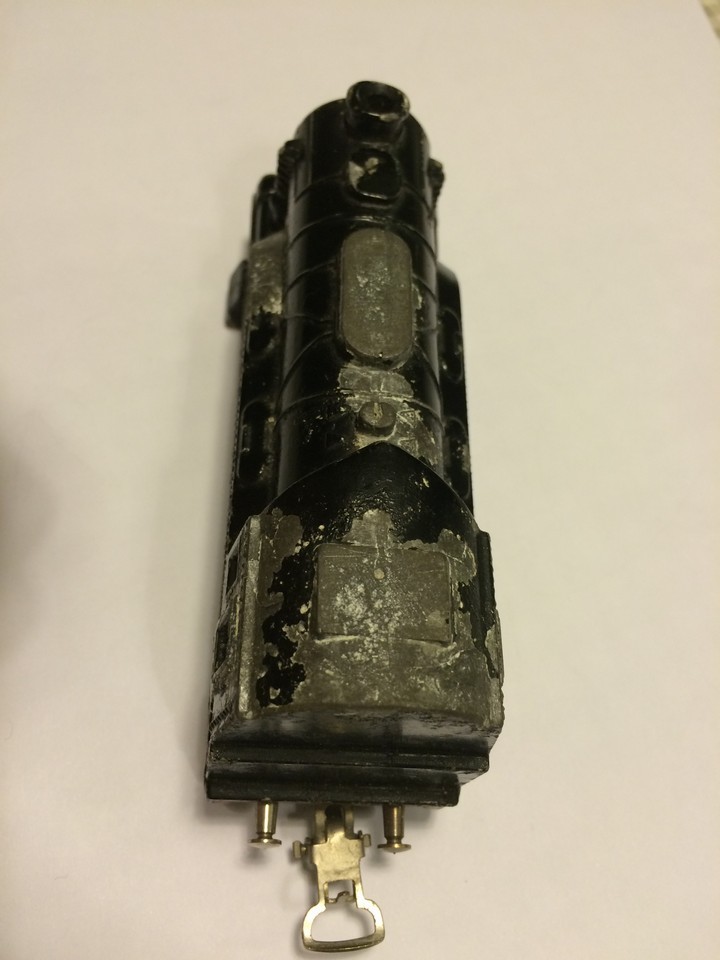
Much like Tom, the Pauper of the story, even my locomotive must have lived a long time in a poorly, suited for his health
and have suffered some abuse ….
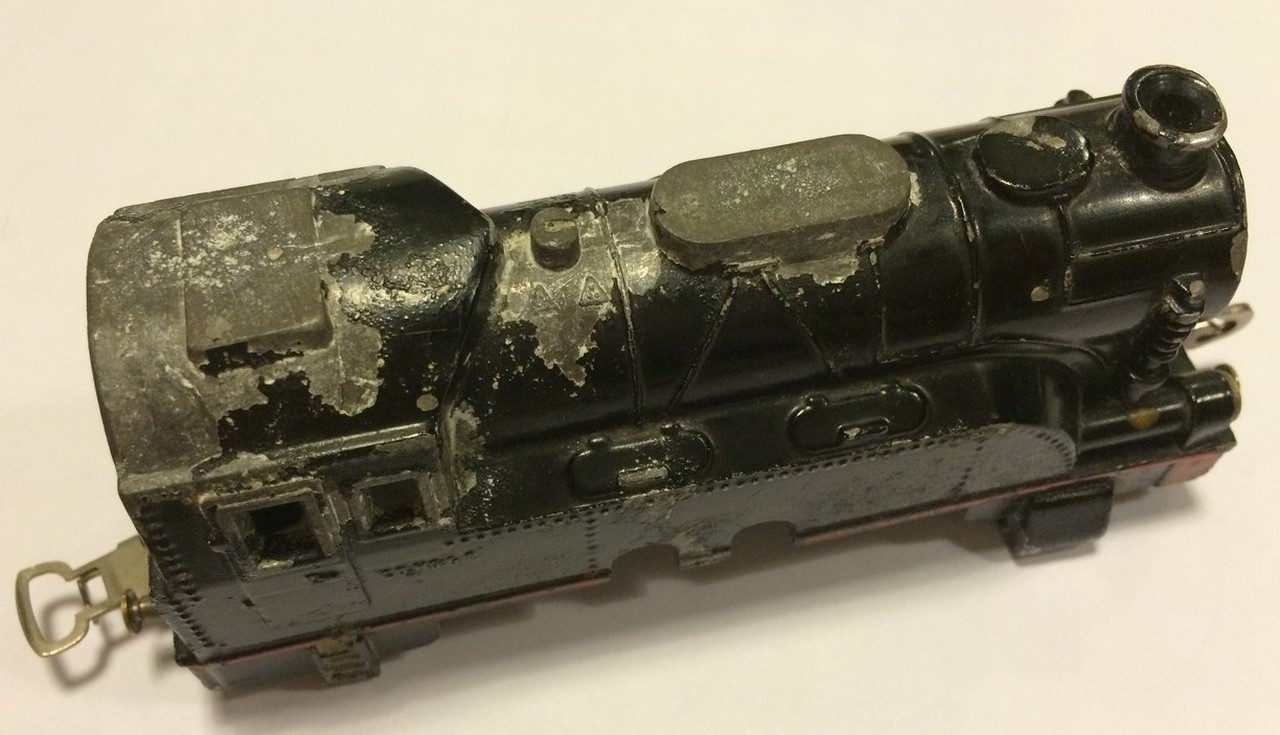
… Before getting on my workbench his frame had had a first intervention to make it working …

…. Not bad, just that the wheels had been replaced on the isolated axes using, in place of the missing grommets,
plastic caps for ball point pens …
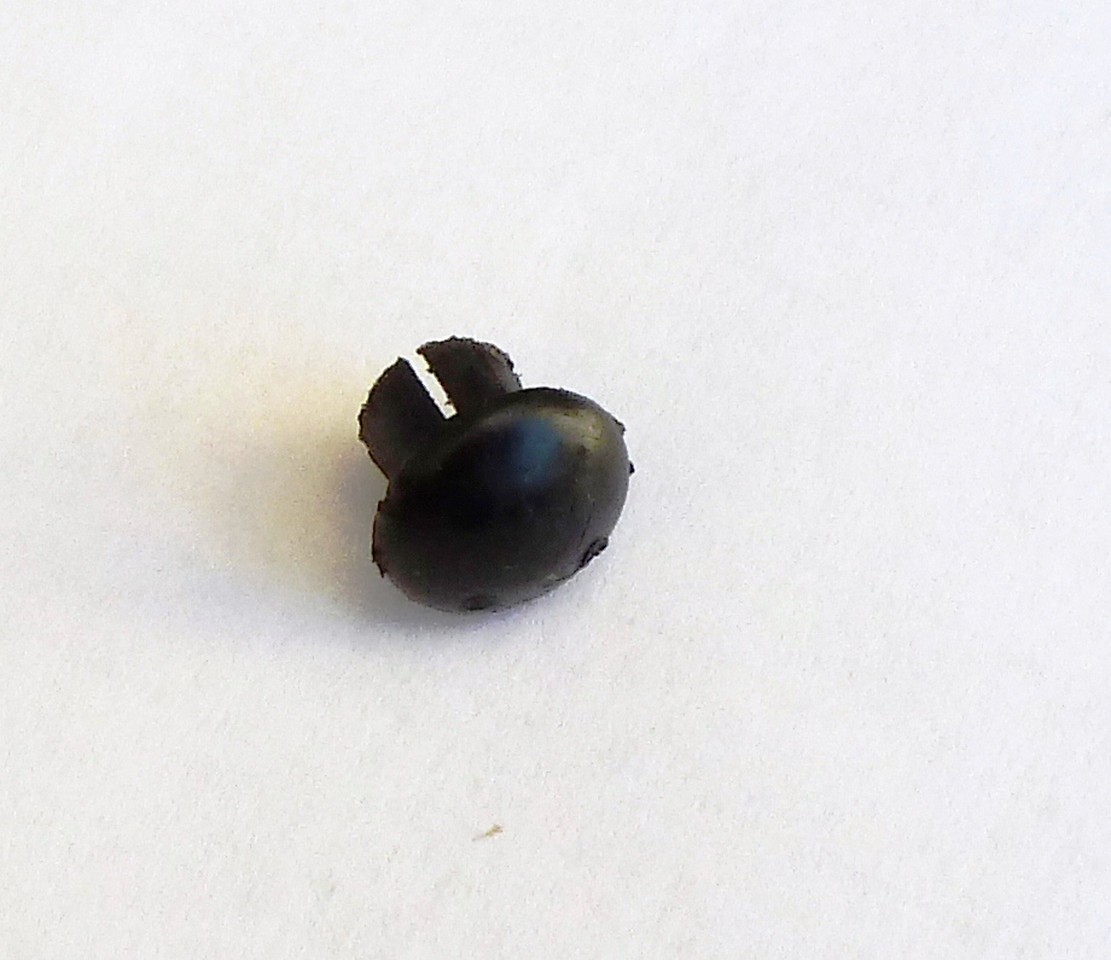
The two planks are fitted with the words “FS” and “910,” only that, compared to the Prince, are reversed.
The locomotive was still complete, apart from the lack of connecting rods and bushings isolated wheel.
This machine therefore represented a challenge of its own:
“… The Pauper should have been able able to sit with dignity next to the Prince as Tom next to Edouard in the writing of Mark Twain …? ….” ….
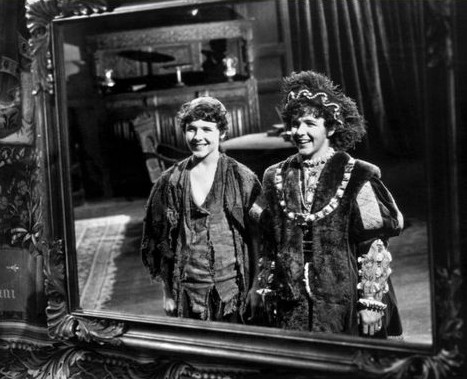
First, the serial number of this locomotive, as well as that of the other 910, Prince, proved unreadable.
To recover I asked advice from a friend, an expert restorer of old paintings and schedules.
And so that the poor have got to visit, for the first time, the analysis of the materials laboratory of a great company ….
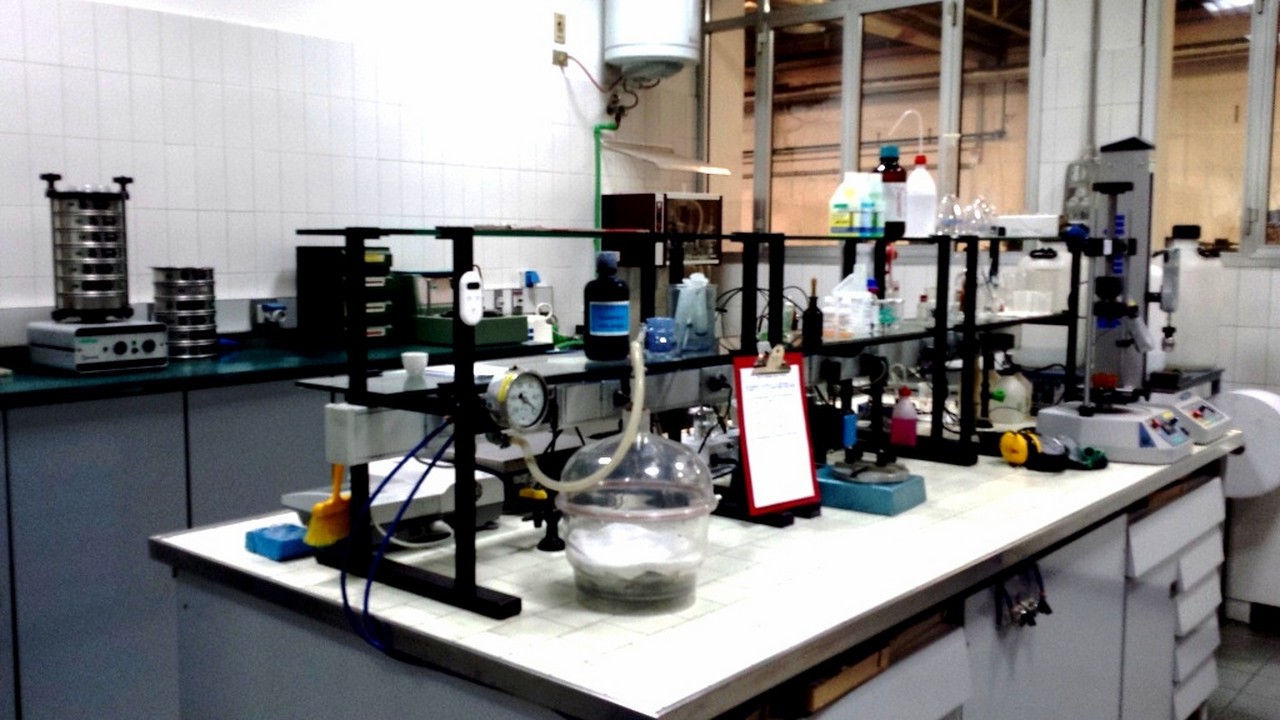
… Do not look for it in the writing of Mark Twain, Tom has never been in a materials laboratory … !! ..
Here, with the help of restorer friend, the manager of the facility and the extremely cautious use of special reagents it reappeared and was photographed
under ultraviolet light the number 643 …. before unreadable.
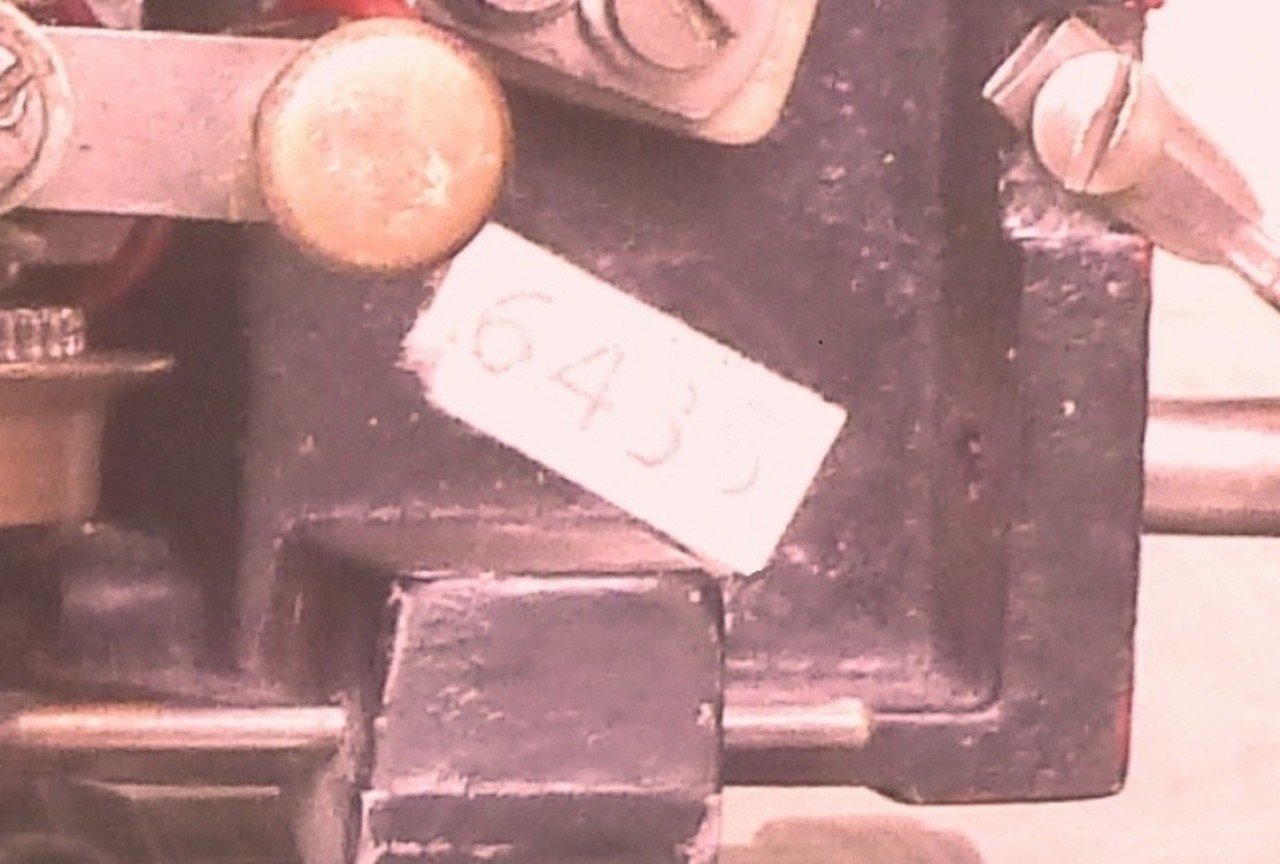
It has requested an additional test on the first attempt to read the last digit which had been unreadable.
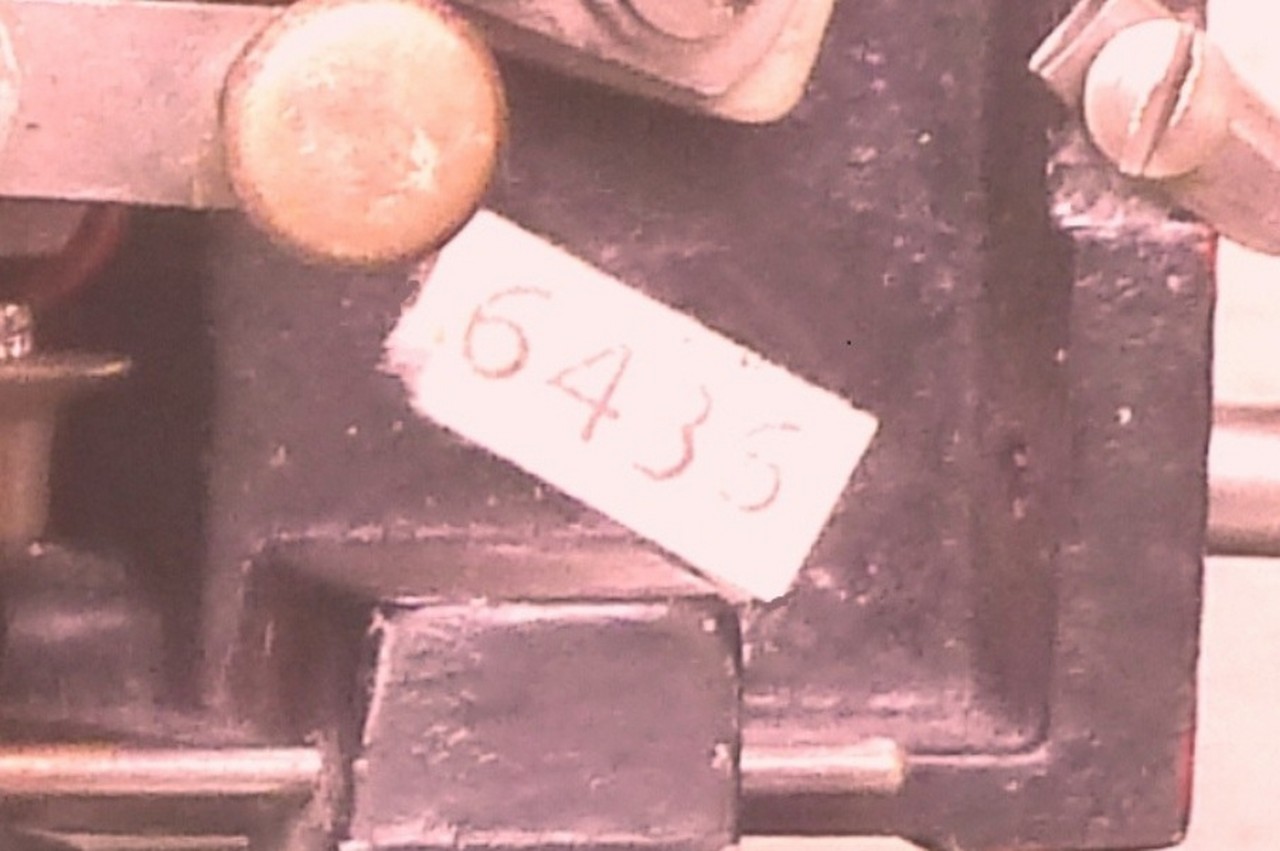
The serial number 6436 is assumed that the Pauper was produced in November of 1951, shortly before the Prince who, with the same procedure
revealed the No. 6743 …
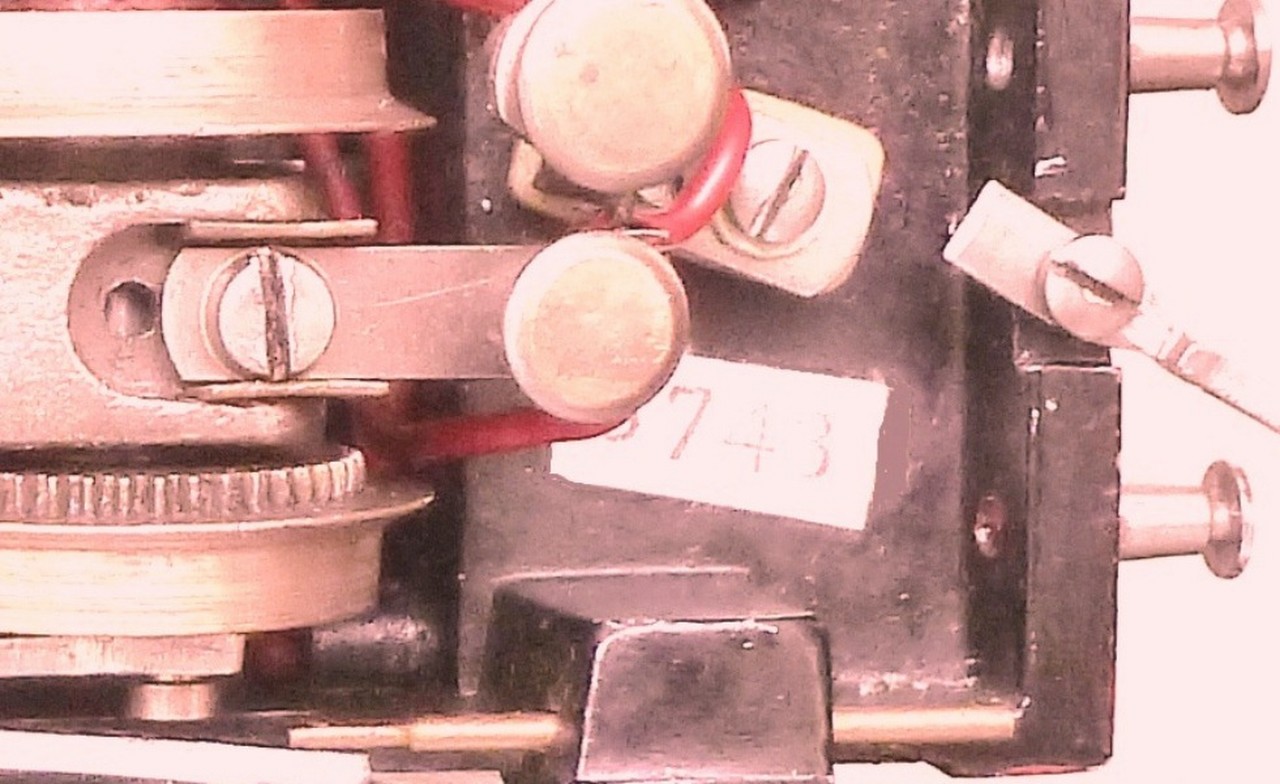
… possible at the December of the same year.
The laboratory test on the paint of the two machines has confirmed that both date are from the period 1951 -1952 and then both are original, but impossible, given the tolerance of this type of measure, determine what is the oldest.
The Prince has been painted with gloss black enamel-based paint thinner then annealed, the Pauper with paint nitro satin and not re-cooked.
Both before painting in black, they had at least two coats of gray.
I therefore decided to pickle partially the Pauper, retaining as much as possible parts of the original paint and repainted exactly according to the technique of origin.
The surface of the casting is quite bumpy and rough,
it is probably one of the first pieces produced by Conti with the technique of casting.
This makes it a little rough also the paint, despite the two primers, but originally it had to be.
A part of the “nails” on the front of the case of water left was lost due to corrosion phenomena and was patiently redone with small drops of two component
adhesive deposited with the tip of a needle after cleaning, stuccoed, polished and given a coat of polish to the surface below.
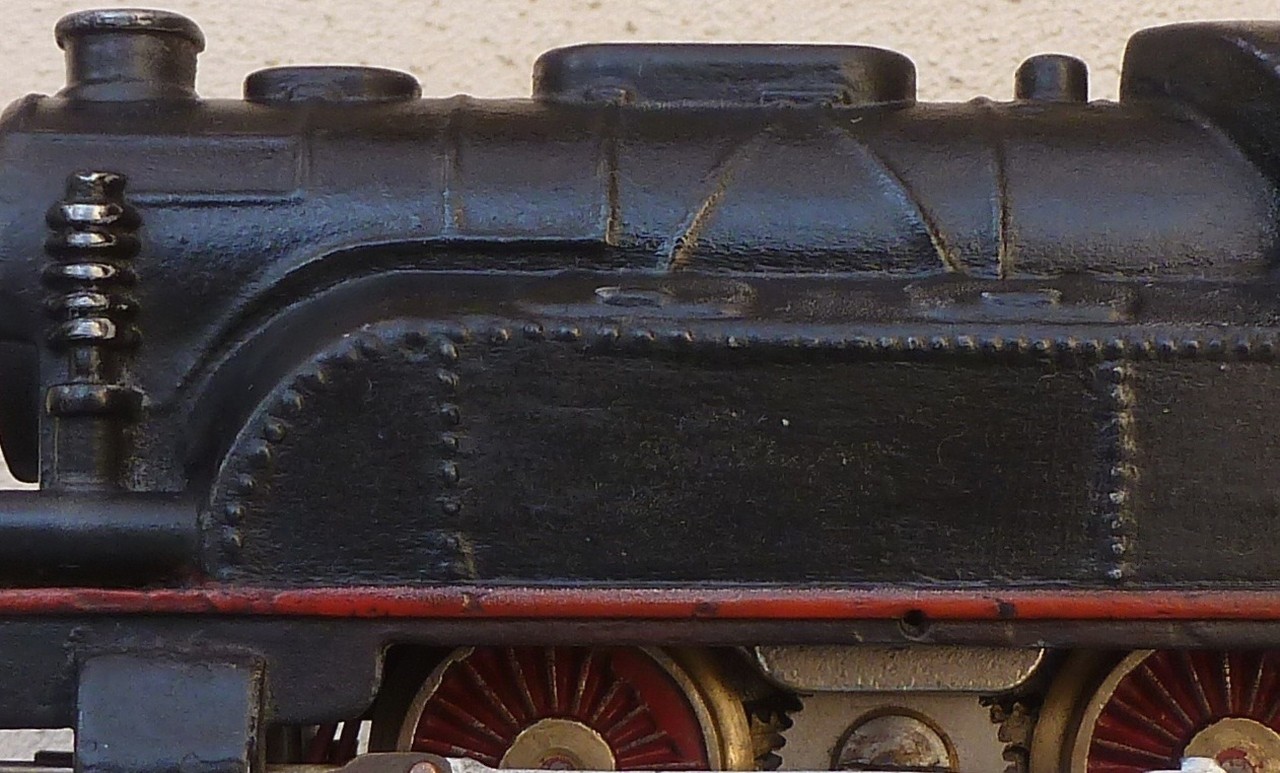
Aesthetically, I would have preferred to equip even the Pauper as the Prince of a shiny black coat, but the Pauper was not originally so,
so I wanted to bring it back exactly as it was … ..
I do not know why at the Conti time was using almost the same time and other satin gloss paints, however this can be found regularly on samples of 290 and 835 of the same brand.
Three other features distinguish this locomotive to the Prince.
The first is the absence of reported handrails ; lack even the holes for the supports, then it must be supposed that the first version of this locomotive does not have ever owned.
Probably the little railroad scale OO had at the time to protest for the absence of handrails and have requested the imposition by the authorities responsible for anti-accident ….

The second concerns the buffers, those of the poor are larger and cylindrical.
The third is the absence of the connecting rod of coupling between the drive wheels, which is supported by the fact that the holes of the front wheels, theoretically destined to the screws of the connecting rods, are not threaded.
Even some 835 have the same characteristics resulting probably from a scruple of making economies, as the thread holes of the wheels was to vintage handmade.
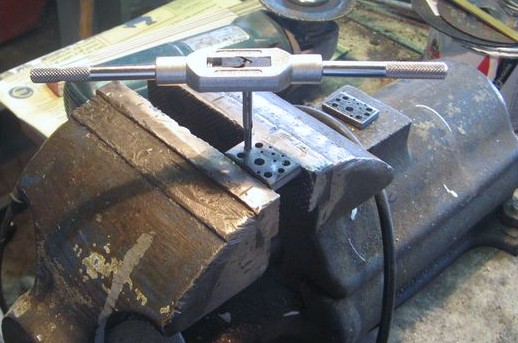
The construction of two new connecting rods, exactly conform to the original, it took six hours to drill, to file, to finish with fine emery cloth-body repair shop.
The stems that slide in the holes of the cylinder block are made of brass, the rivet is made to the lathe equally brass, the connecting rods real aluminum.
Once finished, the brass parts have been oxidized to brown liquid with the weapons, the aluminum parts rubbed with graphite and brush with a toothbrush long brass to give them the appearance appropriate to the age of the Pauper (64) .
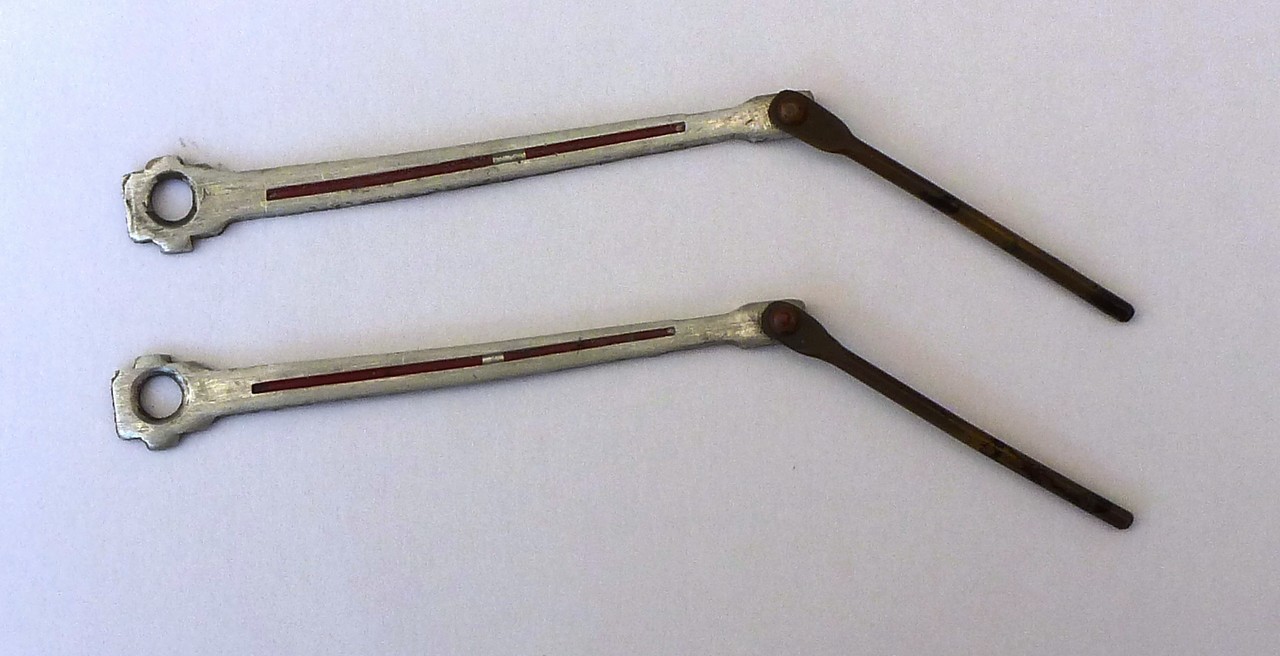
Since the serial numbers of the two locomotives are legible only to ultraviolet light, I redid two labels using, as Conti, a Remington typewriter,
kind loan of a friend, and archive paper of the era.
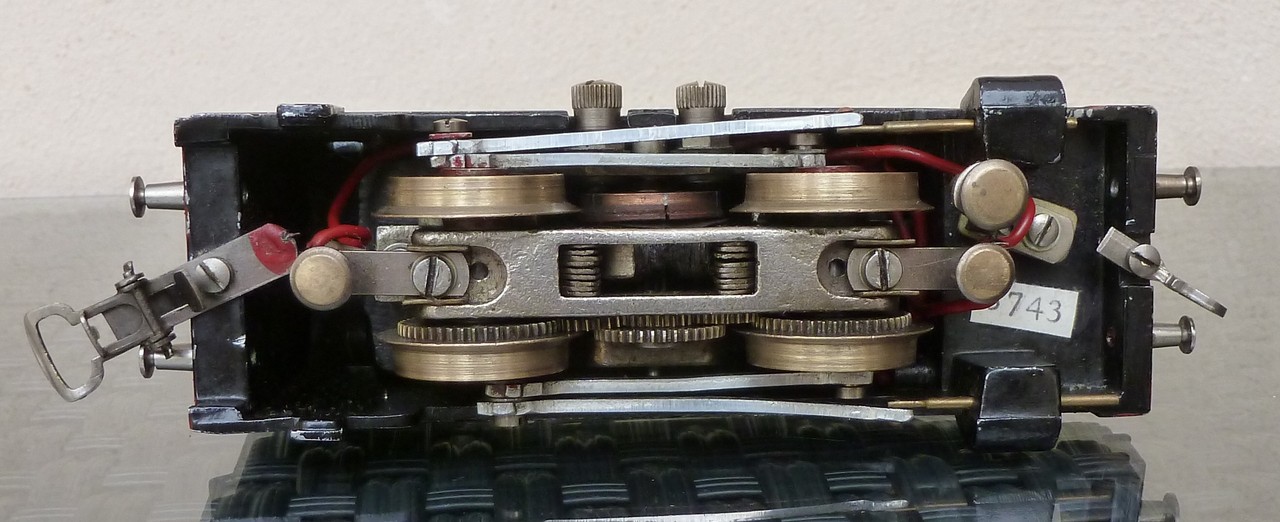
Form and characters are exactly identical to the originals.
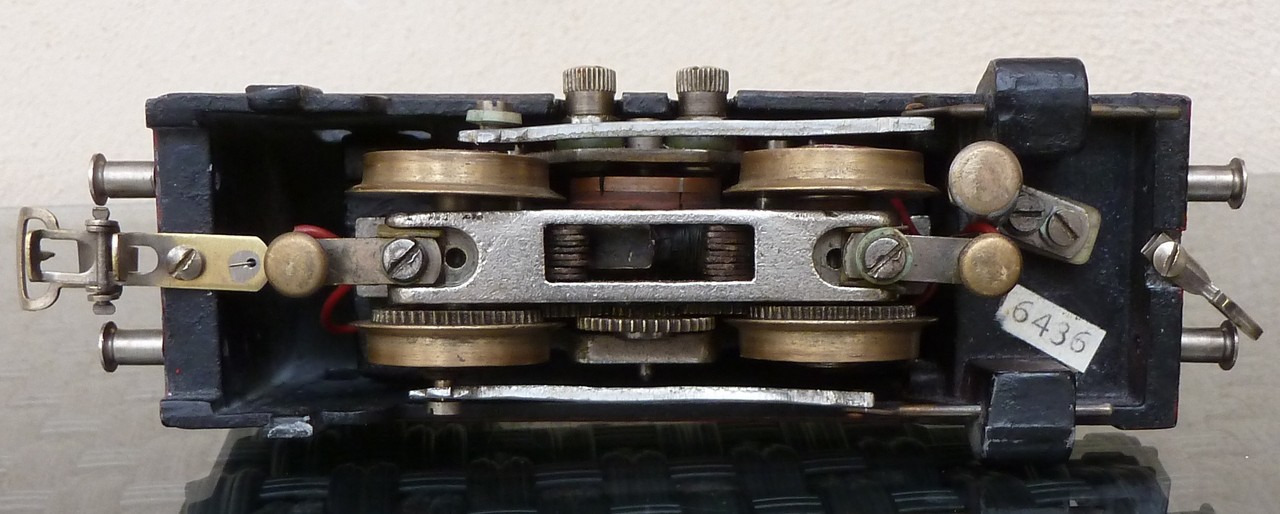
Bushings to attach the wheels to the axles were built isolated lathe Teflon.
The wiring not original have been replaced with other of the era.
Even the screws not original have been replaced with other original Conti.

And here is the result:
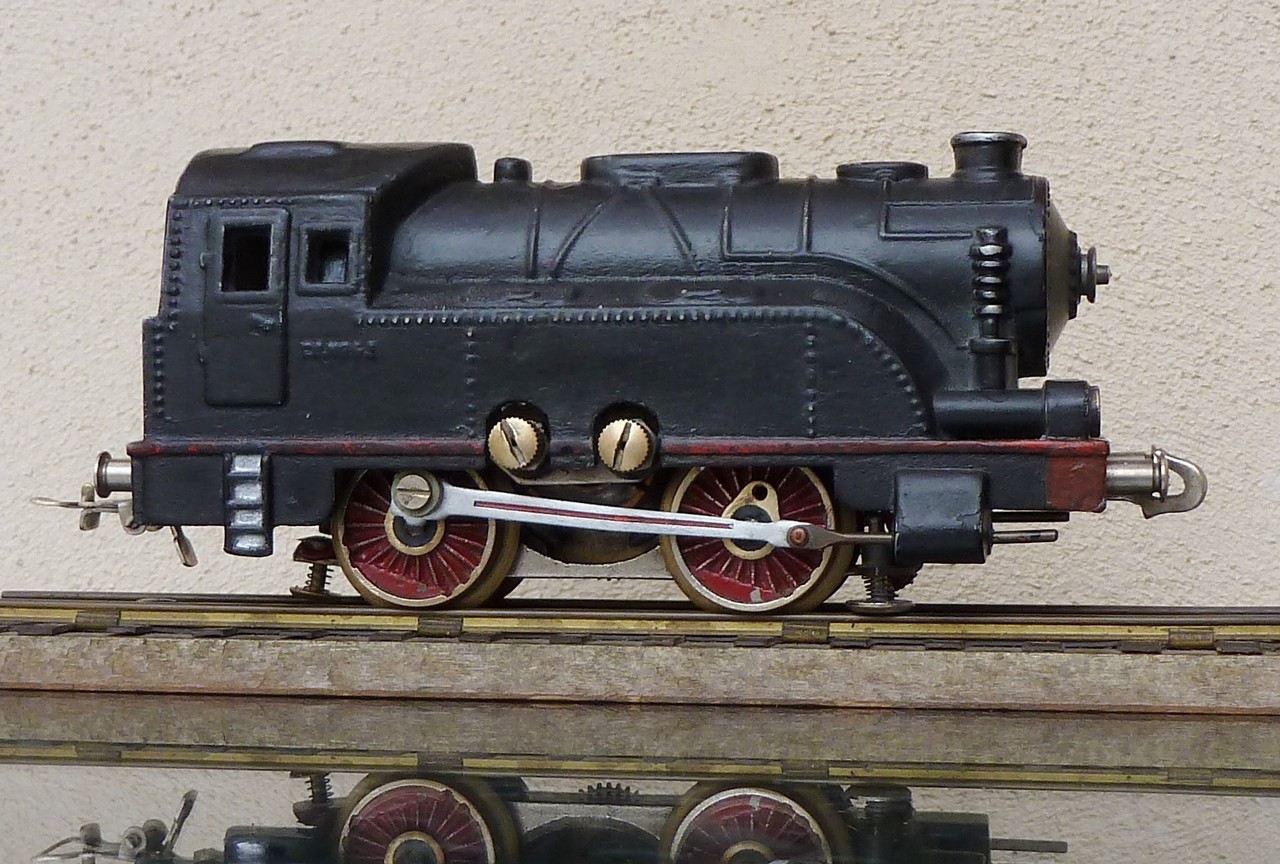
The Prince
and the Pauper
are gathered
here …
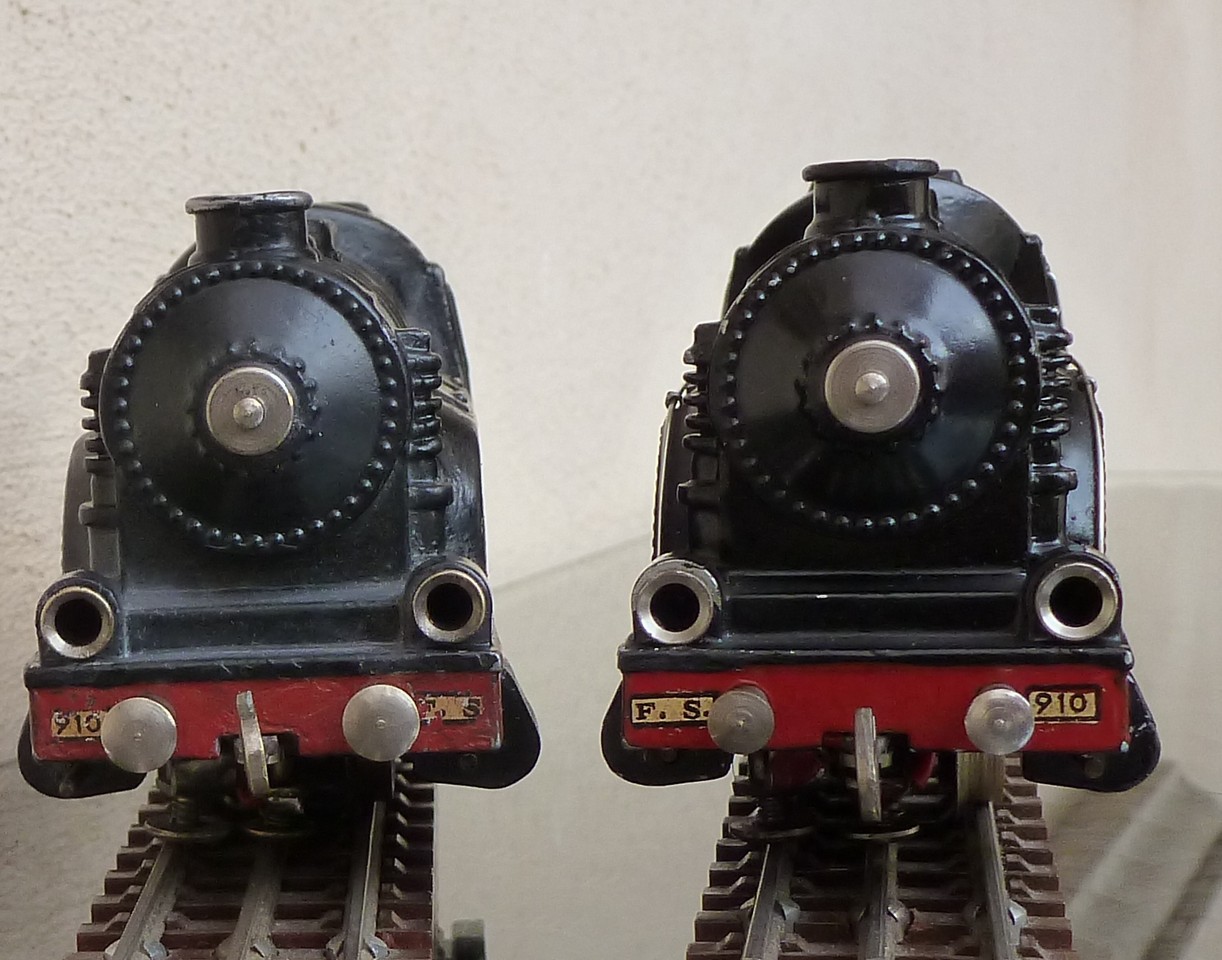
… With
their Court ….
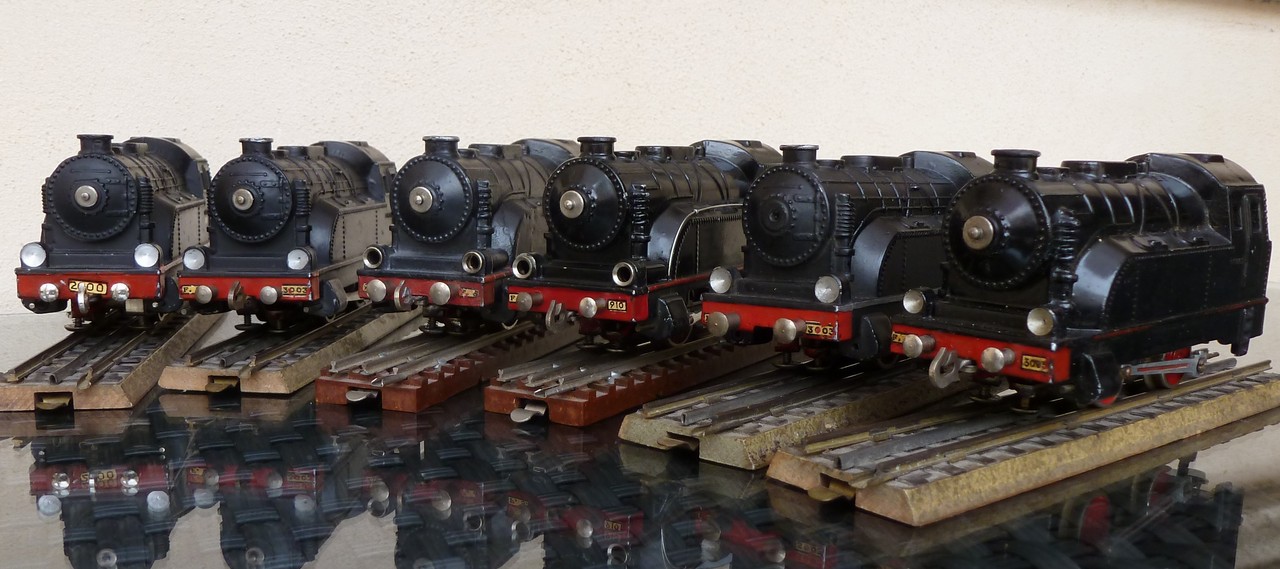
………………………………………………………………………………………………………………………………………………………………

And now let us talk a moment of the “real” 910.
The only genuine locomotives that lead the Serial No. 910 are those of the self-titled group of FS.
The 910 Conti is a locomotive freelance which has in common with the real FS 910 only being a spot-tender ….
Designed in 1903 by the Network Sicula immediately before the switch to the FS and built by Ansaldo in 1905, the 54 locomotives of this group were almost immediately and almost all concentrated in Milan and intended for suburban services.
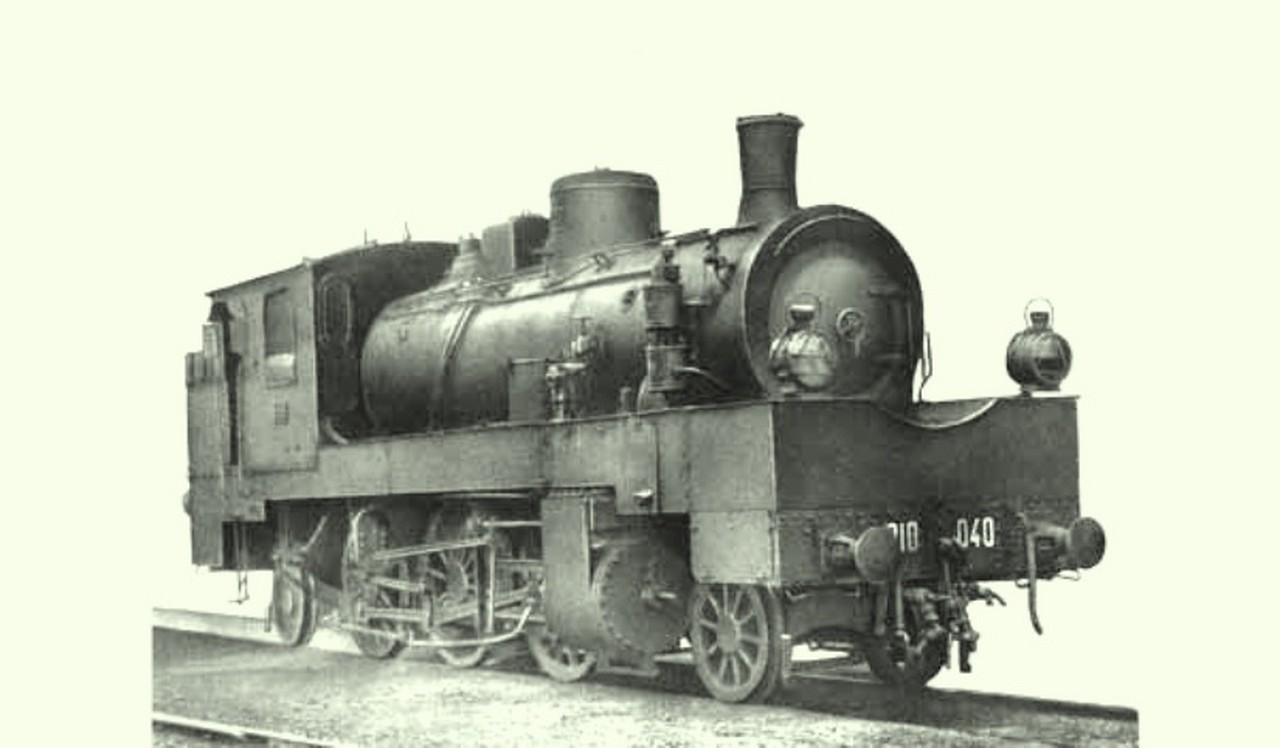
Their running gear symmetrical it avoided the upside-terminuses and allowed them the same maximum speed of 75 km / h in both directions.
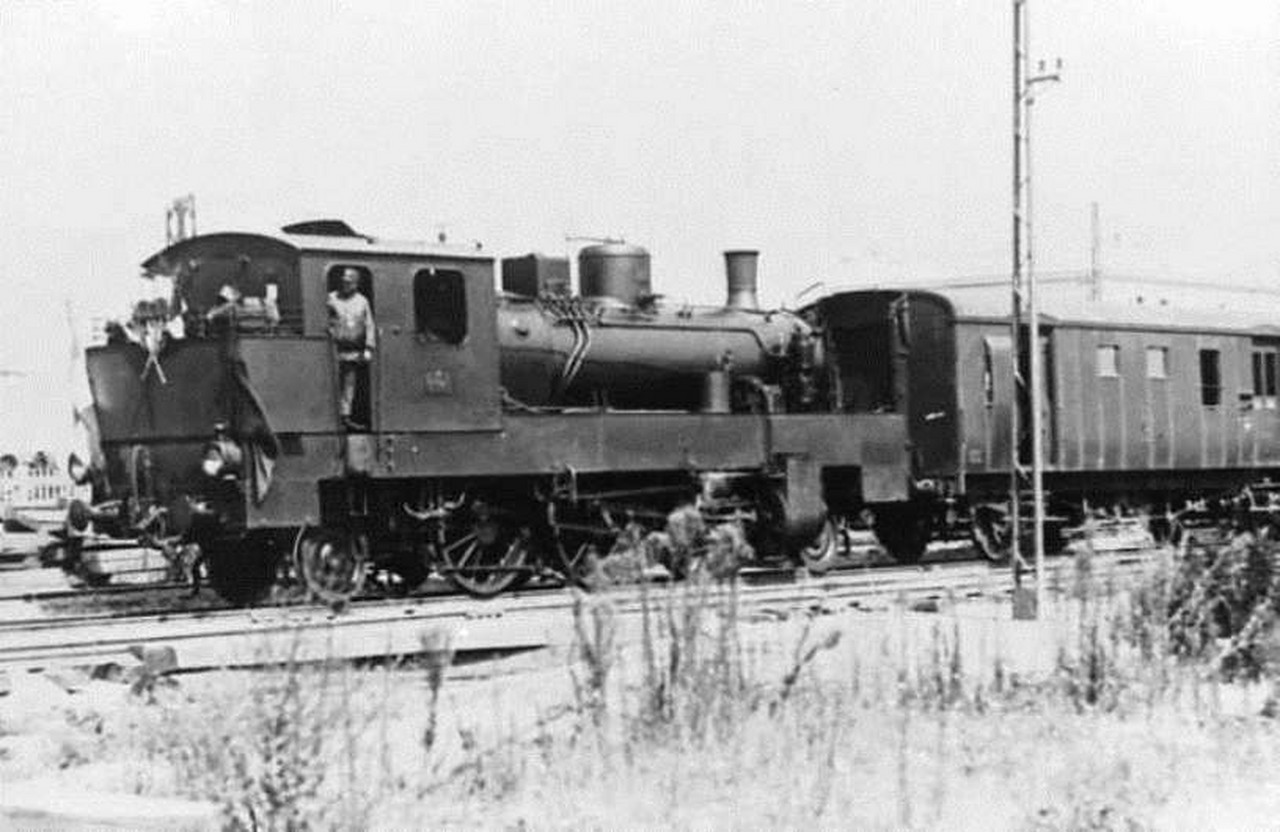
The particular shape of the enclosure’s water under the boiler in these locomotives gave an unmistakable silhouette, and allow the driver good visibility line.
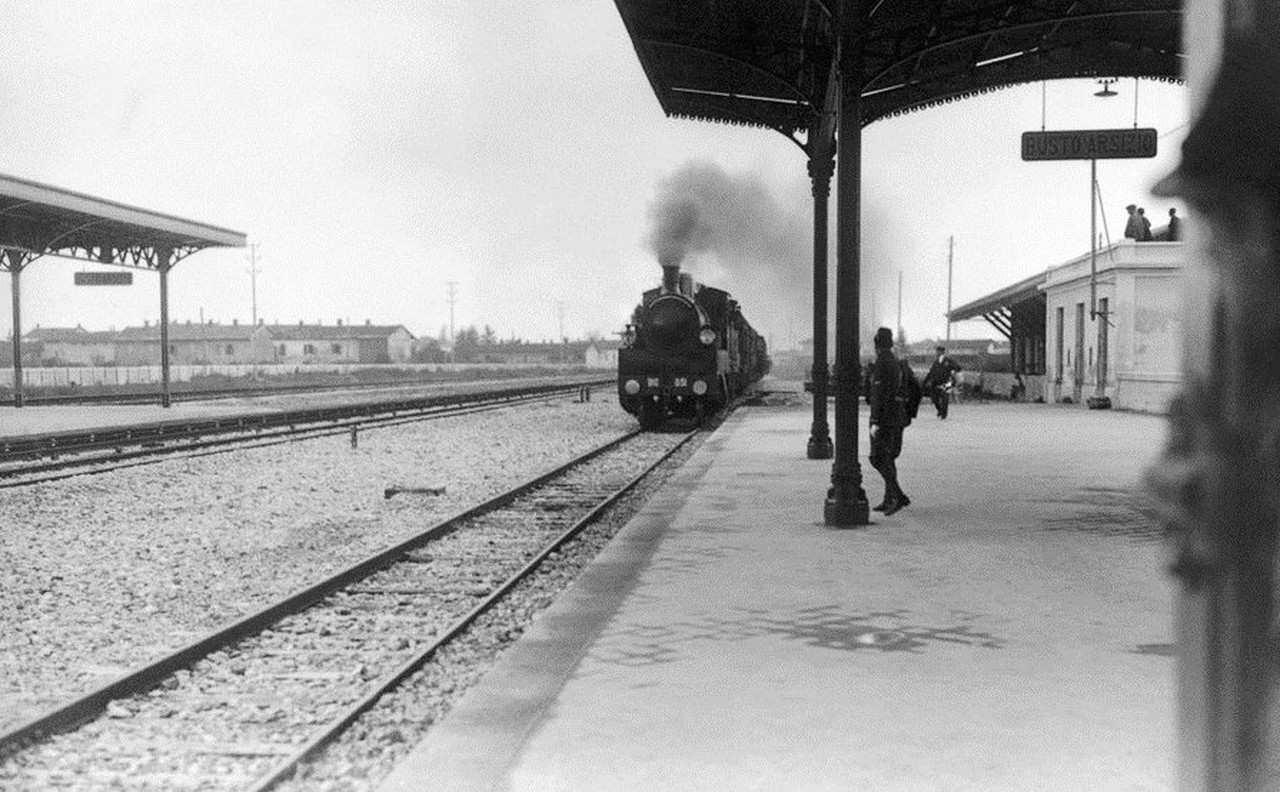
The railroad remember he had a tendency to struggle as a goose on the tracks when he was at the starting head of heavy trains … .
They spoke of a goose, not an ugly duckling … !! …
The 910,001 is kept in the Pietrarsa museum .
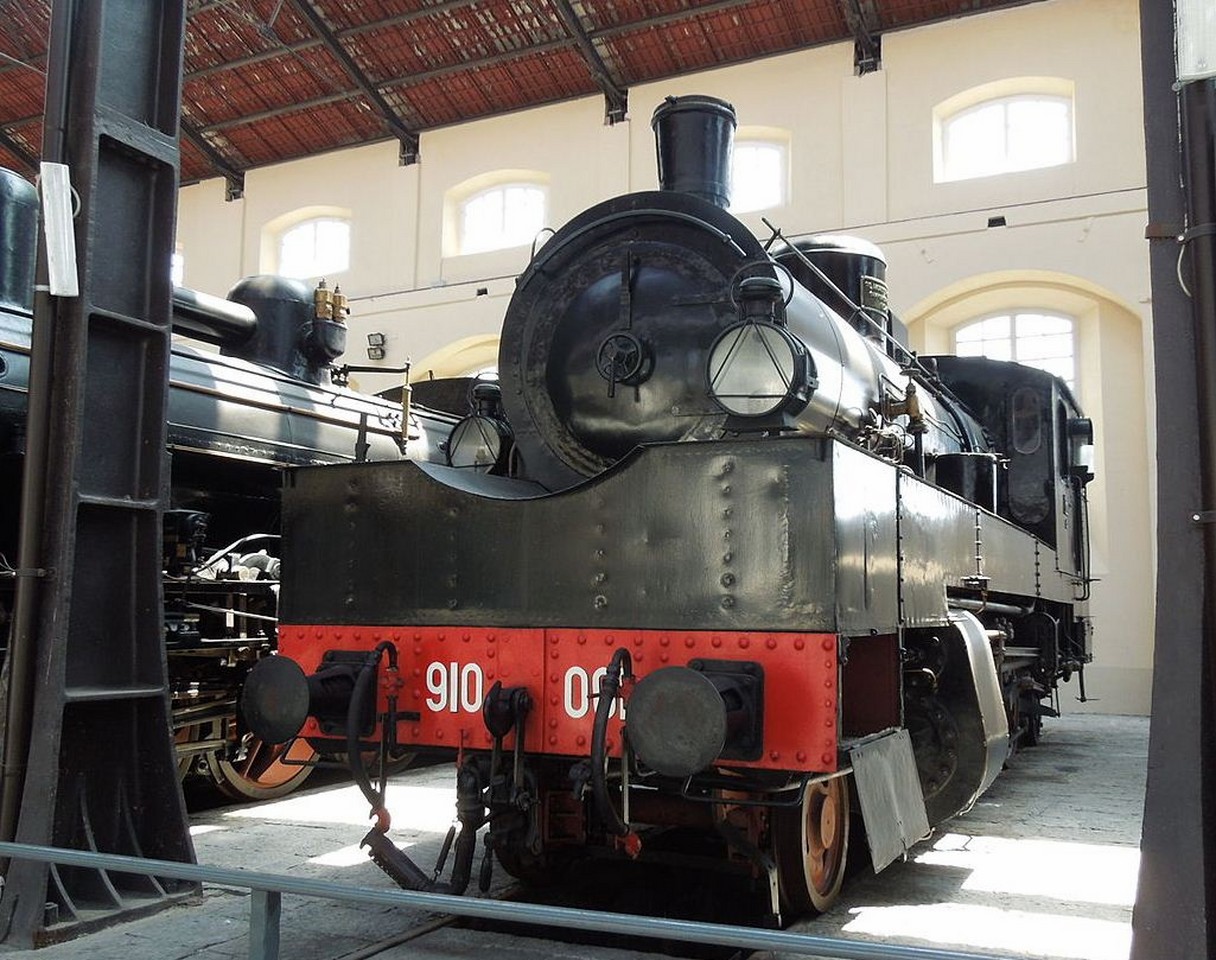
This locomotive was never considered by the major manufacturers of miniature trains in HO scale.
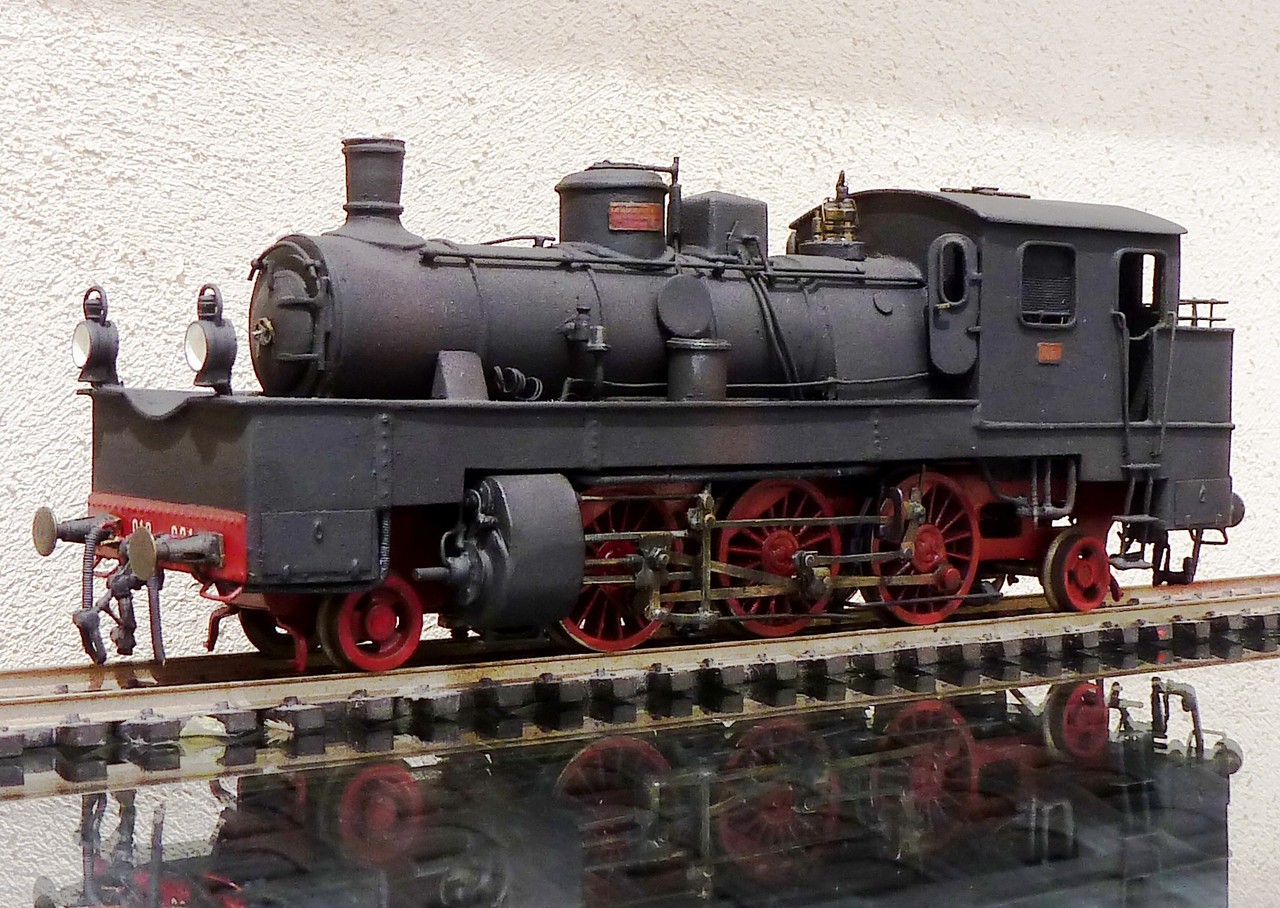
Model shown is a unique piece, entirely made of brass, bronze and steel lathe and milling except motor Anchoridge.

It consists of 1084 parts assembled by hand and required 120 hours of work.
But let talk about the pictures ….
And now go to discover Mark Twain’s tale
(@ September 10, 2015)
